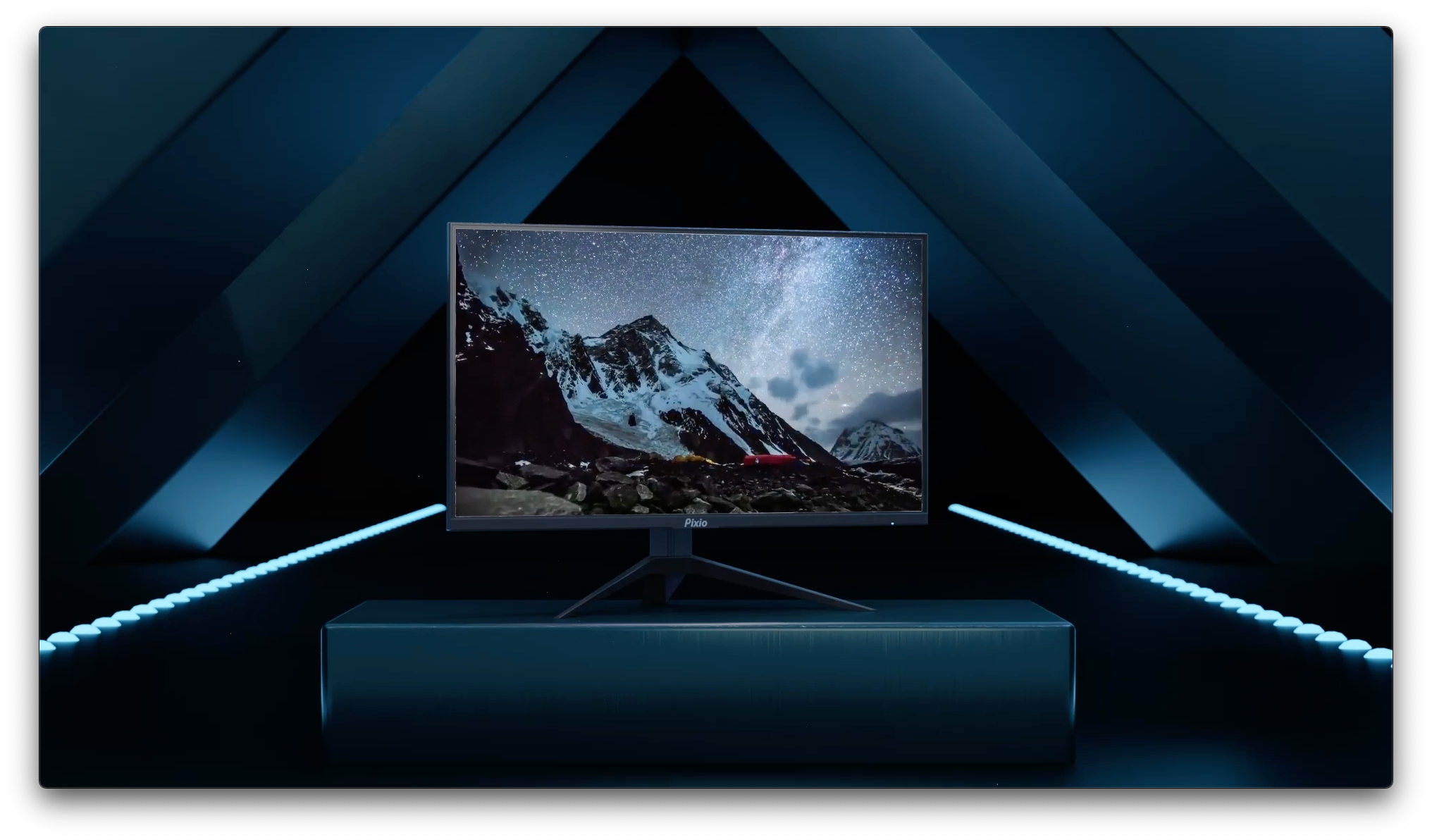
When it comes to gaming, every millisecond counts. Gamers seek monitors that not only provide stunning visuals but also deliver swift response times to enhance their gaming experience. One technology that plays a crucial role in achieving faster pixel transitions and reducing motion blur is Overdrive. In this blog post, we will delve into the world of Overdrive and how it contributes to smoother gameplay and enhanced clarity in gaming monitors.
Understanding Overdrive
Overdrive, also known as response time compensation (RTC), is a feature found in many gaming monitors. Its purpose is to accelerate pixel response time, allowing for faster color transitions and reducing the persistence of ghosting or blurring artifacts during fast-paced gameplay. By amplifying the voltage sent to the liquid crystal cells, Overdrive helps pixels shift more rapidly, resulting in sharper image transitions.
The Need for Speed

Rapid motion is common in gaming, especially in competitive titles and action-packed genres. Traditional LCD panels may struggle to keep up with such demanding scenarios, leading to motion blur or smearing effects. This is where Overdrive steps in to address these issues and create a more fluid visual experience. By reducing the time it takes for pixels to transition from one color to another, Overdrive minimizes the blurring effect and ensures that moving objects appear sharper and more defined on the screen.
The Art of Balancing Overdrive
While Overdrive offers significant benefits, achieving the perfect balance is crucial. Aggressive Overdrive settings can introduce inverse ghosting artifacts, commonly known as overshoot, where bright trails or halos appear behind fast-moving objects. On the other hand, setting Overdrive too low may result in noticeable motion blur and slower response times. Therefore, manufacturers provide different Overdrive options to allow users to fine-tune their monitor settings based on their preferences.
Optimizing Overdrive for Your Gaming Monitor
To optimize Overdrive settings for your gaming monitor, consider the following:
-
Response Time Setting: Most gaming monitors offer multiple levels of Overdrive, typically labeled as Off, Low, Medium, and High. Experiment with different settings to find the sweet spot that balances response time improvement and artifact reduction.
-
Game-Specific Adjustments: Some monitors feature game-specific profiles that automatically adjust Overdrive settings based on the type of game you're playing. These presets optimize the Overdrive response for specific genres, reducing the need for manual adjustments.
-
Testing and Fine-Tuning: When adjusting Overdrive settings, testing them in different games and scenarios is essential. Pay close attention to fast-moving objects and evaluate whether the chosen setting minimizes ghosting while avoiding overshooting artifacts.
Overdrive technology plays a vital role in enhancing the visual clarity and responsiveness of gaming monitors. By accelerating pixel response time, Overdrive minimizes motion blur and ghosting artifacts, resulting in sharper, more fluid gameplay. Finding the optimal balance between response time improvement and artifact reduction is key. With the ability to fine-tune Overdrive settings and take advantage of game-specific profiles, gamers can unlock the full potential of their gaming monitors and enjoy a more immersive and visually captivating gaming experience.

0 comments